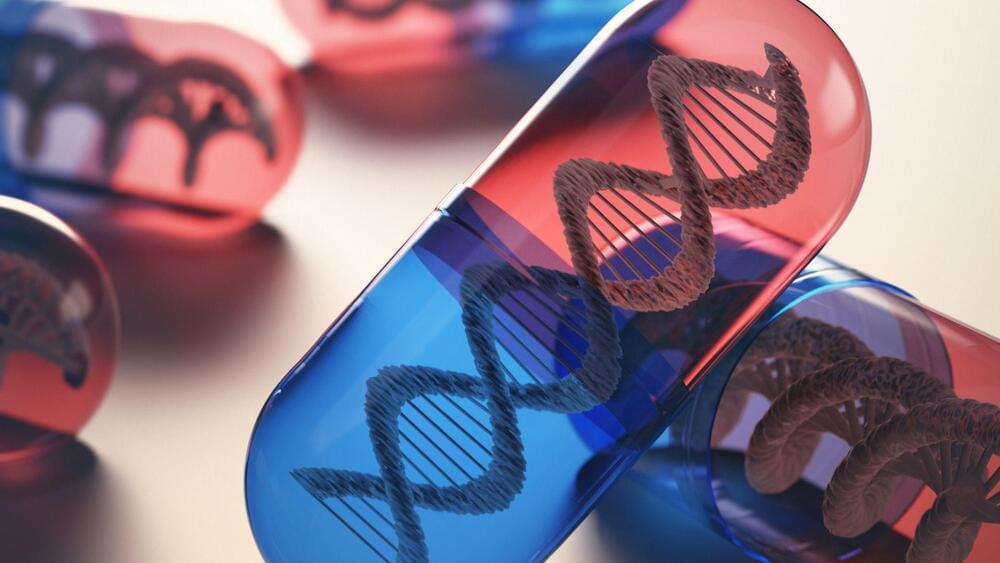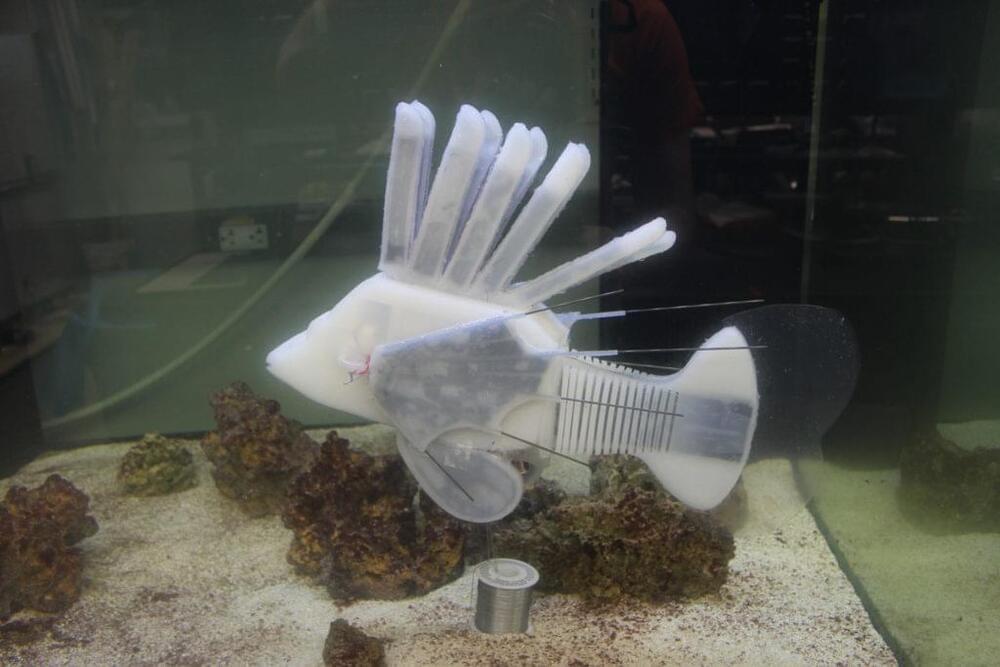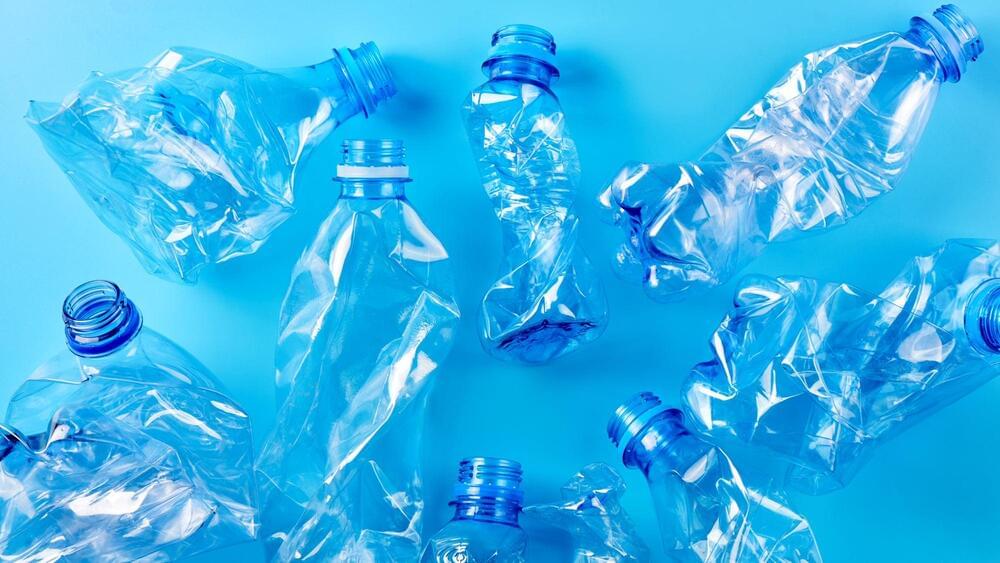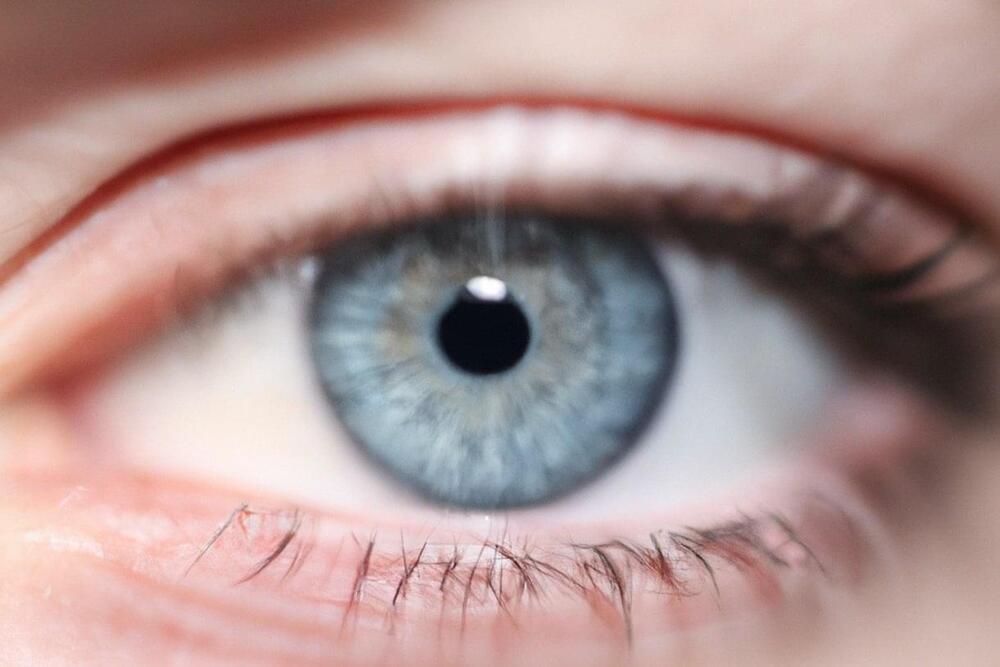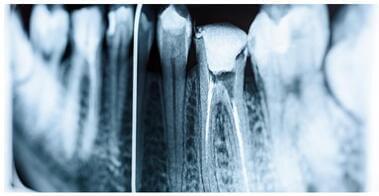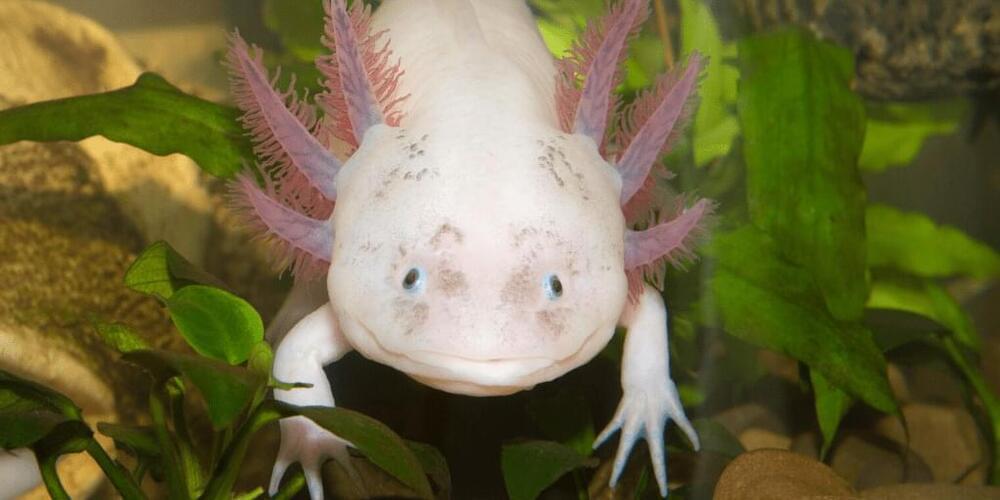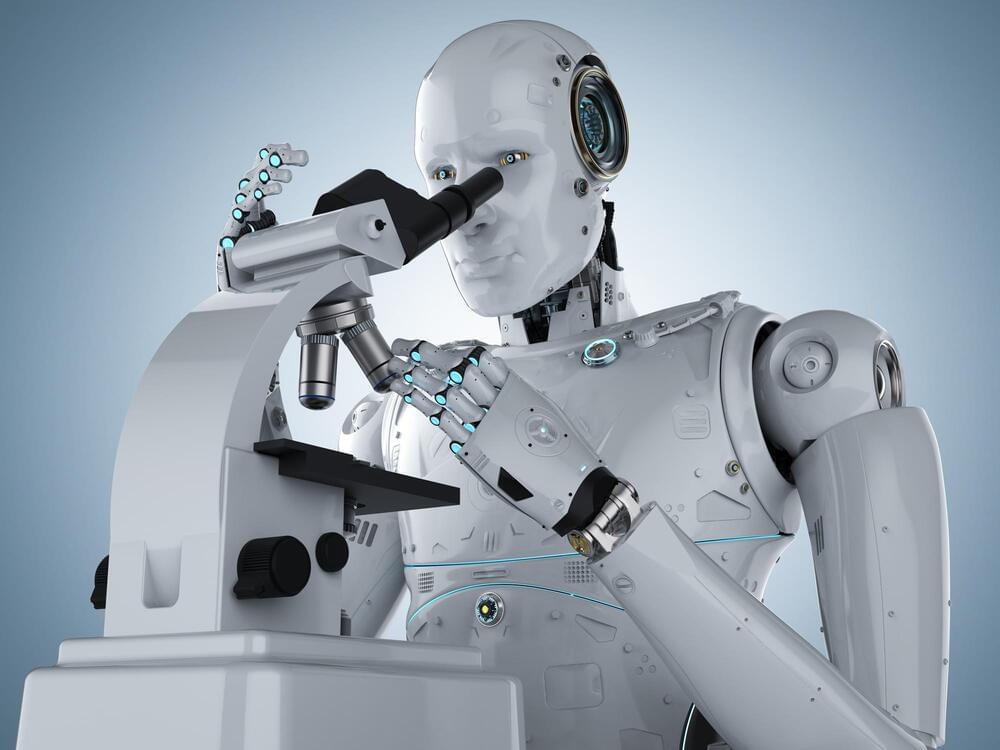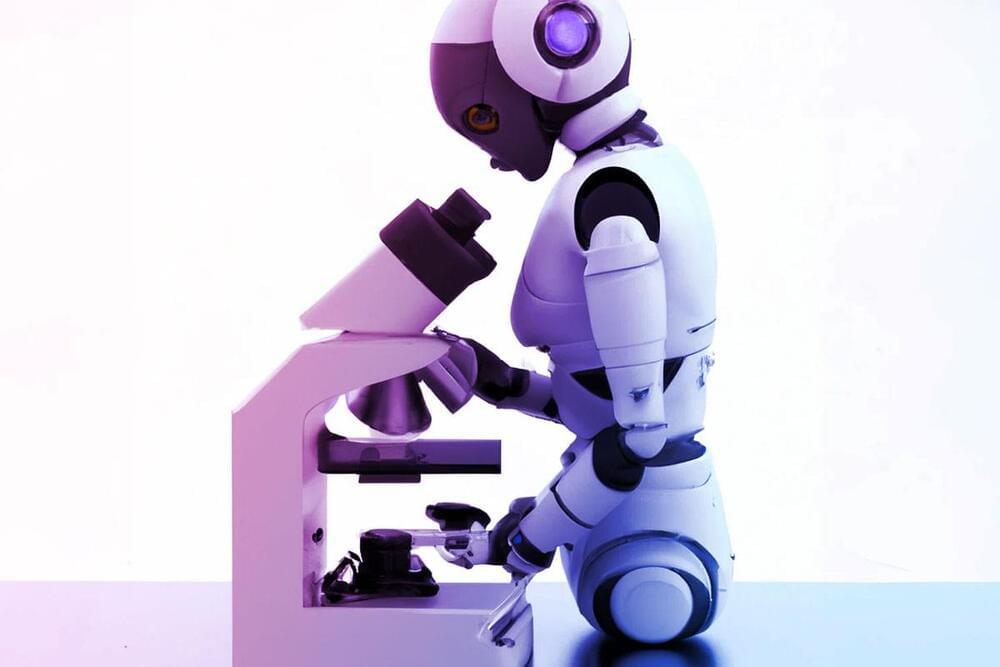May 10, 2023
Forget hard drives and data centers, DNA is the future of data storage
Posted by Genevieve Klien in categories: biotech/medical, computing, internet
Ktsimage/iStock.
So does that mean the internet will also crash by 2026? Well, it won’t if tech companies start using synthetic DNA instead of hard drives to store their data. You may not believe it, but according to Greef and his team, DNA strands can store large amounts of digital data, and in many ways, they have more advantages over modern-day data centers.
